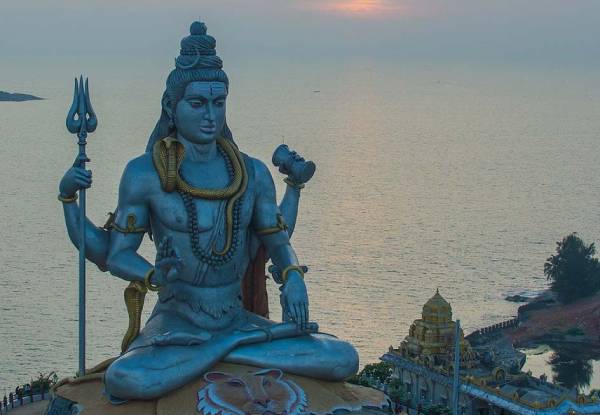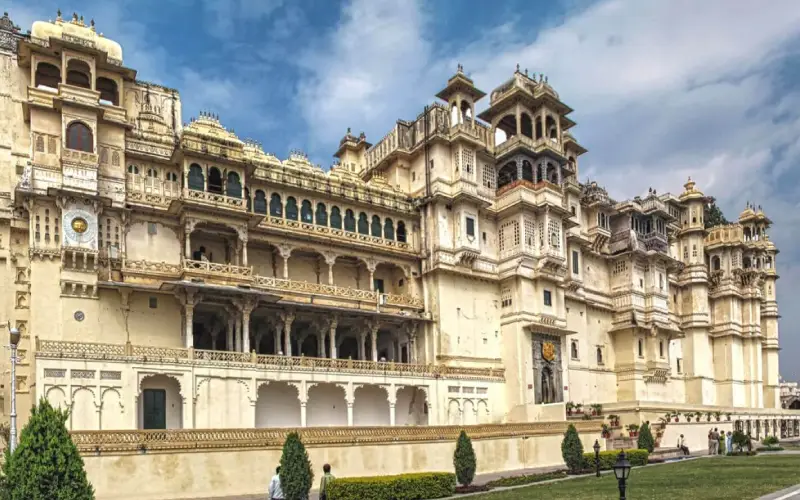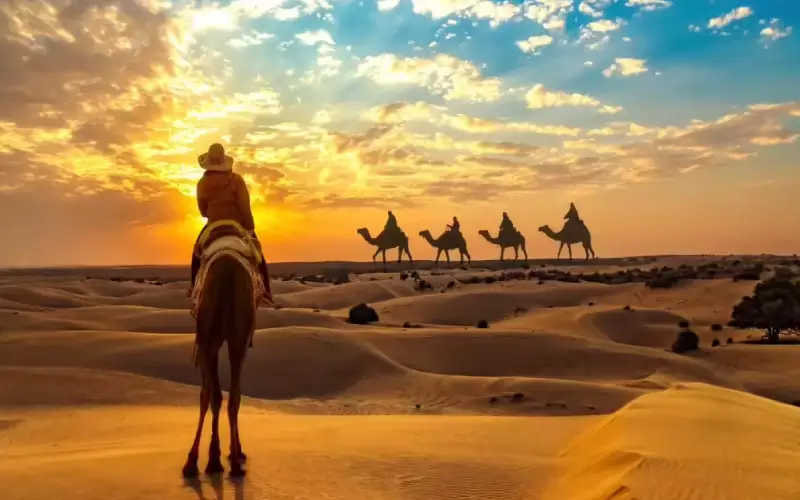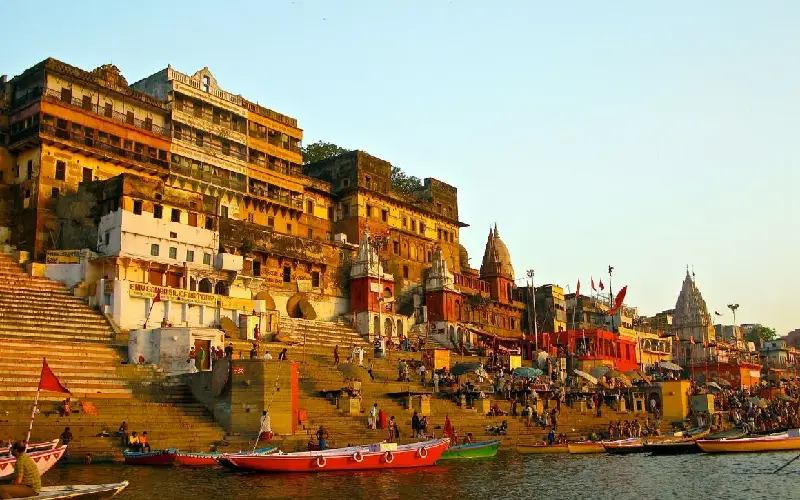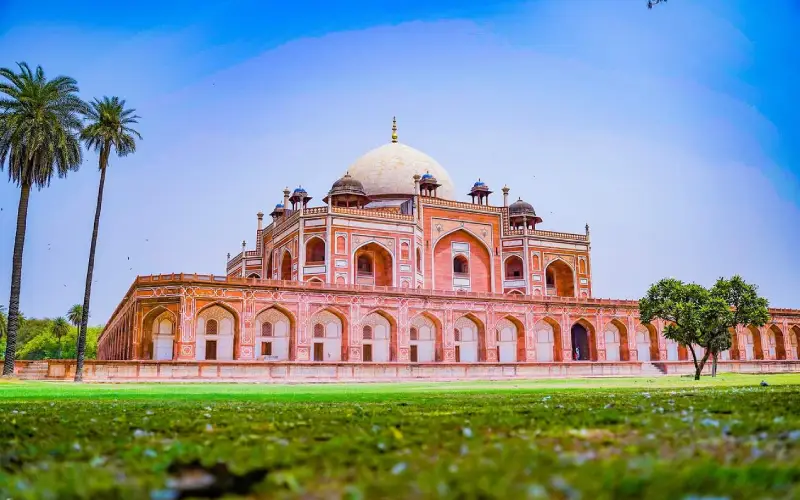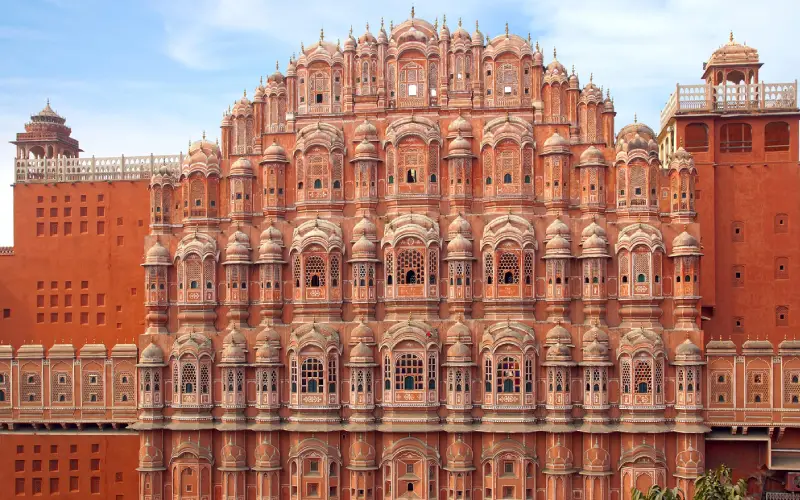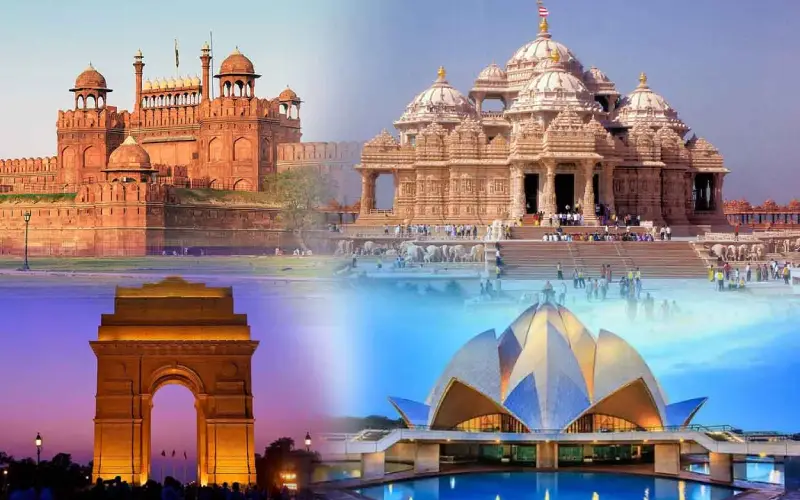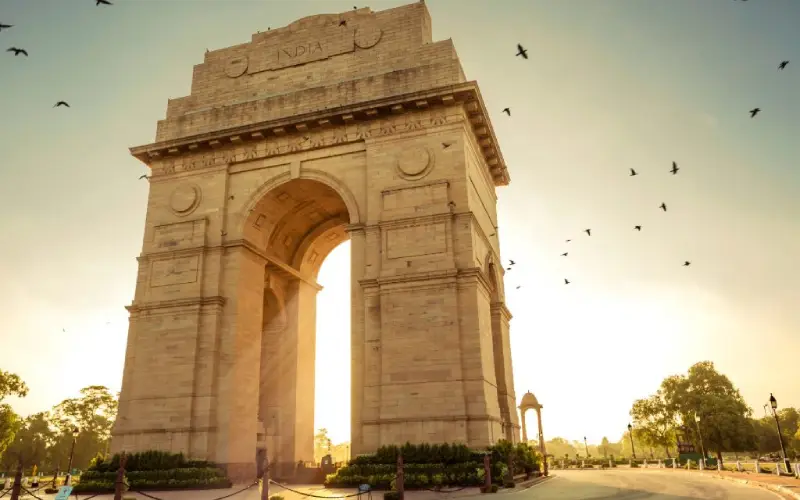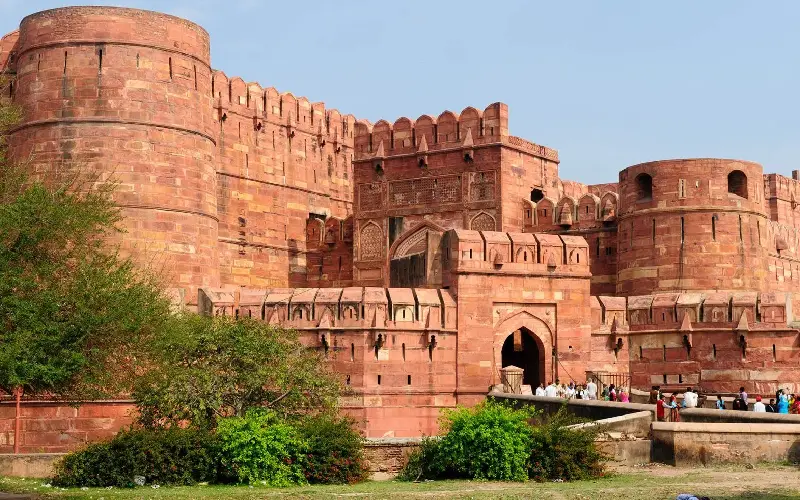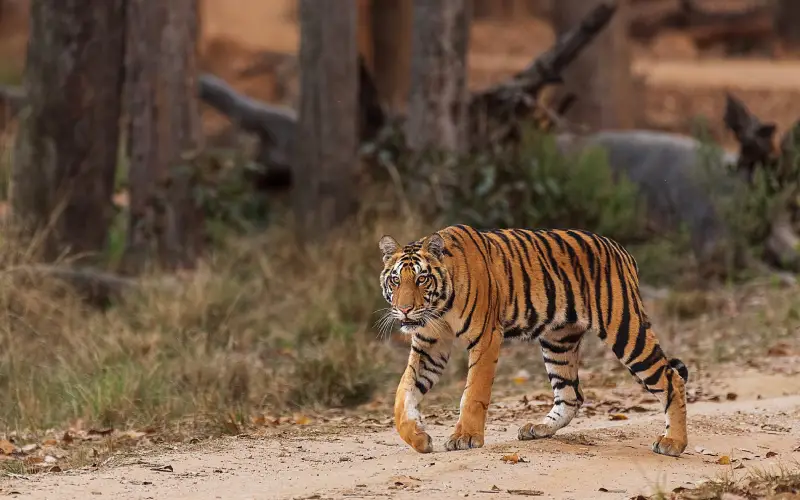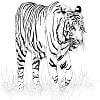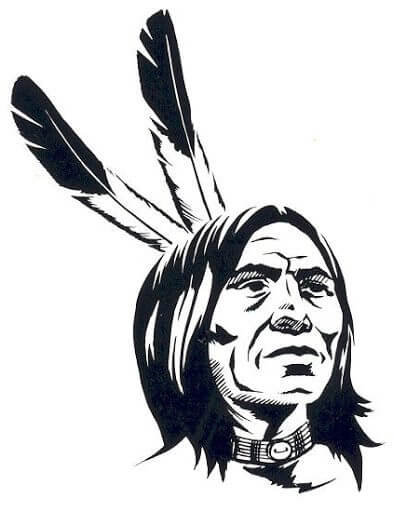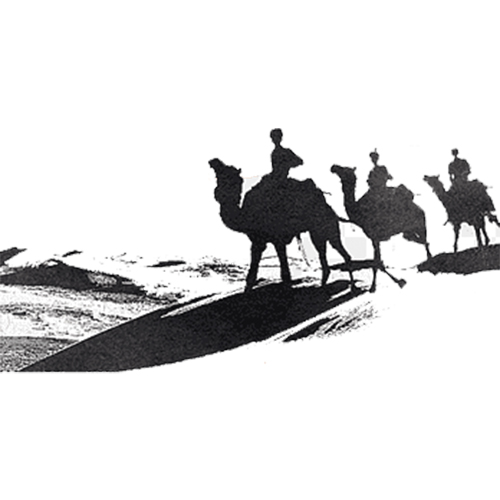A gem of Rajput legacy within the royal state of Rajasthan, Kumbhalgarh may be a fortress town that has the second-longest wall up the planet , after the good Wall of China. A UNESCO World Heritage Site, the Kumbhalgarh Fort lies within the Kumbhalgarh Wildlife Sanctuary that was the erstwhile hunting grounds of the rulers of Mewar. Also the birthplace of the legendary Rajput ruler, Maharana Pratap, Kumbhalgarh was one among the foremost prominent fortresses of Mewar. it had been established by Rana Kumbha and his successors, who belonged to the Hindu Sisodia clan of Rajputs.
About 102 km north of Udaipur, Kumbhalgarh is situated on the western ranges of the ragged and high Aravallis, making it virtually inaccessible within the 15th century.
There are as many as 84 forts within the area out of which 32 are said to been built by Rana Kumbha. In past , Kumbhalgarh separated Mewar from Marwar and was used as a refuge by the rulers of Mewar during enemy attacks.



